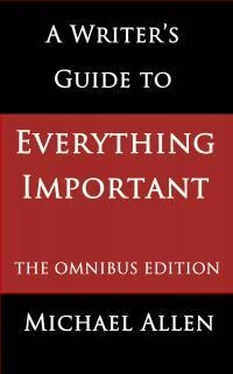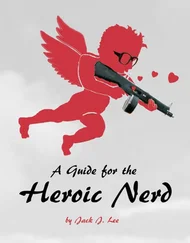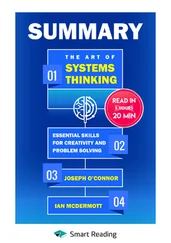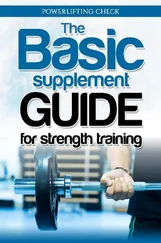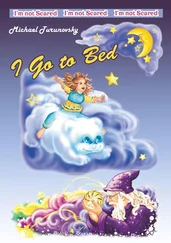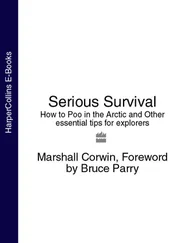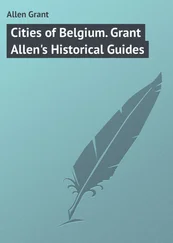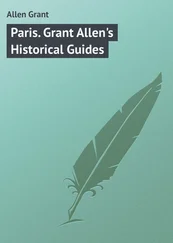Belle de Jour was, or claimed to be, working as a high-class London call girl. Her diary, in blog form, attracted enough attention to interest a publisher, leading in due course to two books, and after that to a television drama.
Although it was absolutely none of anyone’s business, a big drive began to find out if Belle’s stories were true, and if so her real identity. In 2003, The Sunday Times ran a front-page story, based on textual analysis by an American academic, claiming that Belle was really a lady by the name of Sarah Champion.
Oops. That was incorrect. Much embarrassment all round. The less said the better.
Eventually Belle revealed her true identity herself, and if you really want to know more you can read all about it on… yes, of course, Wikipedia. And ten thousand other places.
In 2013 even more trees were wasted over the J.K. Rowling hooha. Ms Rowling chose to write and publish a crime novel under the pen-name Robert Galbraith. After a few months, a gentleman (?) in her lawyers’ office was foolish enough to reveal Galbraith’s identity to a friend ‘in strictest confidence’. The friend then leaked the news in a twitter. No, no, you mustn’t laugh. It all got very messy.
Anyway, having received a tip-off about this, The Sunday Times (yes, them again) commissioned a couple of academics to apply some science; the idea was to compare Rowling’s earlier work with the work of Robert Galbraith. Here again the academics used a free program for the job, this time the Java Authorship Attribution Program. In this case, the program demonstrated quite a number of ‘linguistic signatures’ which suggested that J.K. Rowling and Robert Galbraith were one and the same. There doesn’t seem to have been any proof – just a strong likelihood.
This time the newspaper did not splash the story all over the front page without checking it out. Instead they interviewed Ms Rowling, who decided to acknowledge that the Galbraith book was indeed hers.
9.4 Conclusion about science and style
My conclusion about the analysis of text by various computer programs is that, so far, nothing very useful has emerged. Useful, that is, for writers.
Unlike the fog index, which has a demonstrable practical value to writers, the various computer programs applied to the analysis of text do not seem to me to have yet produced anything useful. Apart from vaguely sensational newspaper stories.
There is also a program called Anonymouth, which will help you, should you wish to do so, to strip a piece of text of most of its ‘stylistic markers’. In other words, revising your text along the lines suggested by Anonymouth will make it near impossible for a computer scientist to prove that you are its author.
Unfortunately, as The New Republic pointed out, the resulting anonymised text lacks the very things that made it (potentially) interesting in the first place. When revised by Anonymouth, the works of Tolstoy, Dickens, George Eliot, and others, all begin to look about as interesting as the back of a cornflakes packet.
PART 3: Improving your style
10. Pause for thought
Let us see where we have got to.
The aims of this book were set out in section 1 as follows:
(i) To enable a writer to identify the strengths and weaknesses of her present writing style;
(ii) To suggest ways in which a writer’s style might be improved;
(iii) To show how style can be used to reveal character and thus heighten emotion.
The first aim of the book – to enable you to identify the strengths and weaknesses of your writing style, was covered in sections 5, 6, and 7.
Nobody’s perfect, of course. Not many people would score 100% on the tests set out in those sections: I myself have trouble with remembering how to spell weird and niece, for example, and they’re not even long words. So don’t be too depressed if you missed a few points.
Please note that the tests do not even mention subjects such as hyphens. Sir Ernest Gowers (see below) quotes an American authority as saying that if you take hyphens seriously you will surely go mad. But it is worth pointing out that ‘a superfluous hair-remover’ can only be a hair-remover that no one wants. Yes, and I dare say you have been waxed, which makes it much easier to write about; you can probably do without hyphens to tell us that.
Section 8 dealt with readability, which is well worth paying attention to, in my opinion, and section 10, for the sake of completeness, gave an overview of the dubious science of stylometry.
So now, if you’ve paid some attention to all that, you have a sense of the strengths and weaknesses of your own style. It is time, therefore, to think about the second aim of this book, which is to suggest ways in which a writer’s style might be improved.
There are a few ways to improve your own style, and they will be dealt with in the following order:
(i) learning more about the English language;
(ii) improving your readability
(iii) making maximum use of style variations, particularly in the first person, to reveal more about character, and hence to increase the emotional impact of your work.
11. Do-it-yourself tuition: a basic library of reference books
‘Grammar,’ said Alice Thomas Ellis in 1989, ‘is like walking. You have to think about it when you start but if you have to go on thinking about it you fall over. It should come as second nature.’
Yes indeed. Most of us, however, need a little help from time to time, and I recommend that you buy copies of the latest edition of each of the following:
1. Concise Oxford Dictionary . I suspect that many readers never notice, but at the back of this dictionary there are a number of useful appendices. The most relevant of these, for present purposes, is a Guide to good English. If you didn’t do very well on the self-assessment test that I provided a few pages ago, this basic guide to grammar and punctuation is essential reading. It runs to about 25 pages in length, and if you read one page a day, and take notice of what is said there, I can pretty much guarantee that you – or any writer – will produce an improvement in your written English.
2. The Oxford Dictionary for Writers and Editors . Why do you need this as well as the Concise ? Because it is what it says – a dictionary specifically for writers. It is sometimes much easier to find things here than in the Concise , especially when you’re checking terms like proofreading (which, it appears, is sometimes hyphenated).
3. The Oxford Guide to Style . This used to be known as Hart’s Rules , because the book was originally prepared by a Mr Hart as a guide for the typesetters of Oxford University Press. This is the book to go to when you want to know, for instance, whether to describe a character as a girl of 15 or a girl of fifteen. The answer is 15, according to Oxford; but, as the book says on page 166, ‘clarity for the reader is always more important than blind adherence to rule.’ And as I have already mentioned, I for one ignore Oxford’s suggested ending for verbs such as organise.
4. Fowler’s Modern English Usage : 3rd edition, edited by R.W. Burchfield. The title reminds us that Fowler wrote the first edition, back in 1926. This is the classic text to turn to for advice on correct grammar and construction. The discussion of the word ‘that’ occupies more than three pages, all on its own.
Another book which is well worth owning is Sir Ernest Gowers’s The Complete Plain Words . First published over fifty years ago, this is still as good a guide to writing prose as I have ever come across. It remains in print. The chapter on punctuation constitutes, in my opinion, the best guide of all to that subject.
Читать дальше
